Classroom Management Tips and Strategies
One of the most critical aspects of teaching is managing a classroom and ensuring that your students are set up for learning success. Students crave structure, routine, and consistency at school. This makes them feel safe, in control, and prepared to learn and do their best. These classroom management tips will help you set your students and classroom environment up for a positive learning experience and give you strategies to use throughout the year to keep your classroom running smoothly.
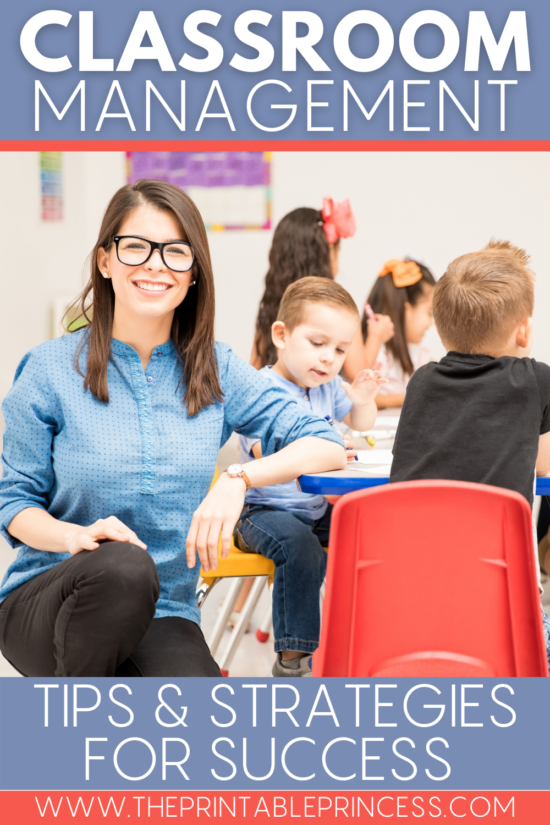
Establish Classroom Rules
A key element of classroom management is establishing classroom rules. Every school, classroom, teacher, and group of students is different. What works for one may not work for the next. The most important thing to keep in mind is to be consistent with your rules and your enforcement of them.
The first classroom management tip is to aim for 4-6 rules. These should encompass the mission of your school and your vision for the classroom. Too many rules are overwhelming for students. Sit down with your students and talk about each classroom rule together.
Use this as a learning opportunity or even a mini-lesson to explain and get students thinking about why the rules are in place and why you need them in your classroom. This is a great opportunity to pull out a great read-aloud that goes along with making good choices. This will help solidify the “why” behind the rule.
For young students, visual aids are essential. Creating rules posters or anchor charts together is a great strategy for helping them understand the rule. Hang this up in the classroom as a reminder and reference.
Modeling the behavior that you want to see is also a great way to show students exactly what you're looking for. You can have students take turns helping you model for the class the correct behavior and the “silly” behavior. Kids love doing this in a controlled setting and it helps them see the difference in behaviors.
Have Clear Routines and Expectations
The next classroom management tip is to establish clear routines and expectations with your students. They thrive off of a consistent routine and knowing what is coming up next. Each morning, go over the schedule for the day with your students. This helps prepare them for what they are going to learn that day and for any changes in the schedule.
Use this as an opportunity to get your students excited for a day of learning fun! Similarly, do this before the final bell rings at the end of the day. Talk about the brightest spots from the day and give students a sneak peek into what is happening the next day. They love knowing the secret plans the teacher has coming up!
As you go through the day, establish clear routines, communicate your expectations, model, and practice them…a lot! When students know exactly what to do next, how to transition from one activity to another, and what is expected of them, the classroom flows much smoother. It may take several times to get it right, but if you stick to it, you'll thank yourself later!
Think about all of the transitions you'll make in a day and settings your students will be in, such as whole group, small groups, working independently, working with technology, using art supplies, walking in the hall, entering the lunchroom, etc. Write these down (even the tiniest little things), and keep this list handy. That way you can model and teach as you go.
Be Intentional With Your Mornings
The way you start your day determines how the rest of the day will go. It is essential to connect with your students right away in the morning, greeting them with a smile and showing them how excited you are to have them in your class. Building relationships is vital when it comes to classroom management.
It is important to have a consistent morning routine. As students enter the classroom for the day, it is beneficial for them to have a soft start activity to complete to warm up their brains and set them up for success. This helps them start their day in a calm, intentional way.
Using soft start activities such as morning tubs is a great way to establish a consistent morning routine that remains the same all year long. Students will become experts at entering the classroom, taking care of their supplies, and getting to work. Morning tubs offer a consistent structure, yet the skills progress throughout the year to keep your students learning and practicing new skills.
As students work on their morning tubs, you can focus on housekeeping tasks, attendance, communicating with parents or teachers that stop by, and then making your way around the room to connect with each student. This is an important classroom management tip.
Your presence around the classroom and proximity to students helps maintain positive behaviors and gives you an opportunity to talk with each child, give feedback, and celebrate their hard work.
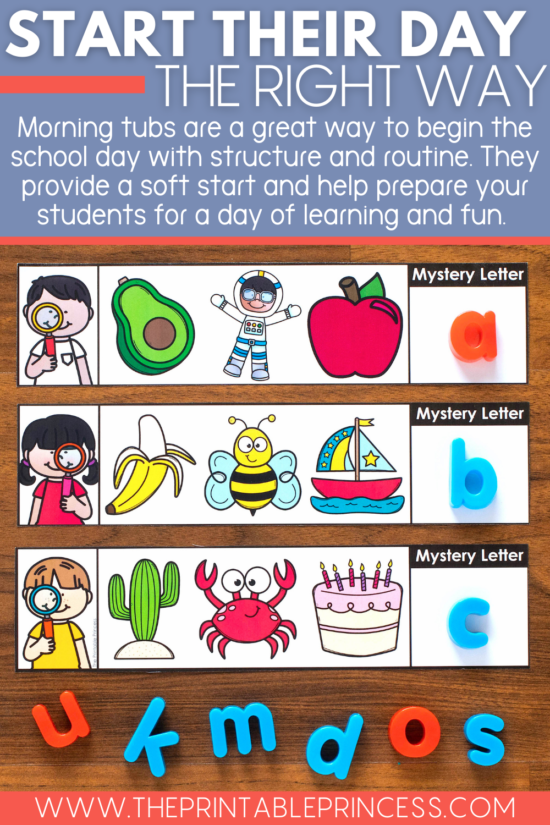
Managing Behaviors Positively
When it comes to managing the classroom and student behaviors, there are some tips and strategies you can implement to encourage positive behaviors and prevent negative behaviors from occurring. As you move around the room, call on positive behaviors that you are seeing in the classroom. Celebrate these and cheer your students on!
This is also a great strategy to use if you see a student making a not-so-good choice. Adjust your proximity to the student so they feel your presence and call on a student near them that is making a good choice. Be specific in your wording to catch the student's attention and correct the behavior.
Another tip is to use body language and signals to communicate with students. You don't want to yell across the room or embarrass a student. Oftentimes your facial expression or a quick hand-signal will get them back on track without having to disrupt the other students.
When communicating with students, use YOUR manners! Remember, you want to model the behavior you want to see. If a student needs to be corrected, you can say something like, “Please put your pencil down…” or “Would you please give me your eyes?”
Likewise, after they correct the behavior, you can use words such as, “Thank you for making a good choice…” or “I appreciate you following directions.” Not only does this strategy help you keep your cool, but it is a great example for students of positive communication and manners.
Addressing Concerns Effectively
No matter how clear your classroom management strategy is, there will be times where you need to address and correct concerning behaviors. It is important to maintain your composure when doing this in order to keep your relationships with students positive.
An effective classroom management tip is to take a deep breath and give yourself time to respond if you are feeling frustrated. Don't wait too long, or the student won't remember the situation, but it is ok to give yourself a couple of minutes to gather your thoughts so you can approach the student calmly.
Pull the student to the side and get on their level. Explain to them how much you care about them and that is why you are talking with them about their choice. Help the student understand why the rule they broke is important and how the behavior they chose isn't serving them.
Ask them what they could have done differently and use it as a teachable moment to help them make a better choice next time. Always leave these conversations on a positive note and never hold a grudge with your students.
Classroom management isn’t one-size-fits-all. Do what works best for you, your students, and what they need. Establishing strong relationships with your students will help you communicate with each of them in the best way.
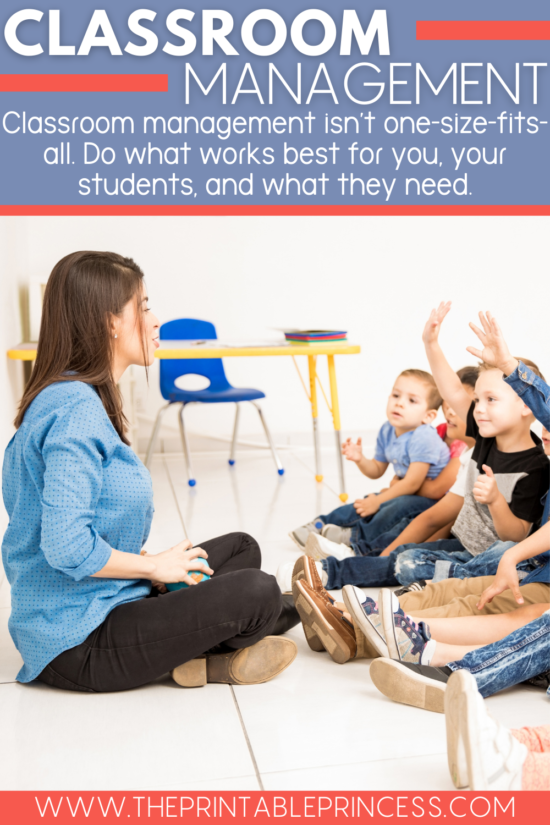
Strategies For Classroom Management
There are many strategies you can keep in your teacher tool belt to help you manage your classroom and maintain a positive environment. Use these throughout the day to keep your students on track.
Use hand signals.
Using student hand signals for common questions is a great way for students to communicate questions with the teacher without having to get out of their seats or disrupt the learning.
Common questions such as using the restroom, getting a drink, sharpening a pencil, getting a tissue, or asking a question can be asked with a simple hand signal. Teach students to hold up 1 finger to use the restroom, 2 to get a drink, 3 to sharpen a pencil, 4 to get a tissue, and 5 to ask a question.
This is super effective and allows you and the other students to keep working without stopping to address these common questions. You can simply answer the student with a head nod without skipping a beat.
Utilize a timer.
Another classroom management strategy is to use a timer in the classroom. Setting a timer, and better yet, projecting it where students can see it, is a great way to keep students on task during transitions or work time. This allows them to see just how much time they have left to get to the next activity or finish working on an activity.
It is important to explain to students that the timer does NOT mean to rush and make “sloppy copies.” It means it is time to move on for now, but ensure them that they can finish up later if needed.
Play music in the classroom.
Another classroom management strategy is to use music in the classroom. Music is powerful for setting the mood in the classroom as well as helping students focus. During your morning routine, turn on soft, upbeat music. This background music helps students stay calm, positive, and get focused for the day.
As students are working throughout the day, turning on quiet music helps them to work without chatting. You can call this “quiet working music” so students know when the music is on, their brains are at work and they are not distracting their friends. During playtime or art, it is fun to turn on songs they can sing along to, especially holiday songs. This will warm your teacher heart!
You can also play music during transitions. Turn on a short song and let students know that when the song is over, they should be ready for the next activity. You can also play a “clean up song” at the end of the day as students pick up their things. This can often be a hectic time of day, so using music helps to keep the classroom calm!
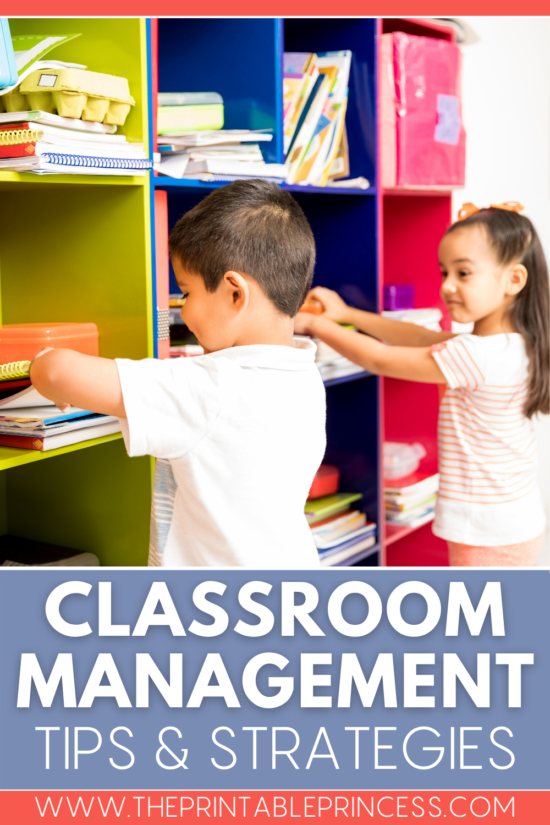
Things to Keep in Mind
There are so many classroom management tips and strategies that you can implement, but the bottom line is, you have to find what works best for your teaching style, your students, and their needs. Here are a few things to keep in mind:
- You're human. Your students (and you) will make mistakes. Learn from them and keep moving forward.
- Don't sweat the small stuff. You can't control everything and some things are better left to rest.
- Pick your battles. Being a teacher is tough work! Resist the urge to nit-pick every little thing and decide which situations absolutely need to be addressed.
- If you are feeling overwhelmed and nothing seems to be working, stop what you're doing, take a deep breath, and do a read-aloud! Sometimes your students and even you are not in the right headspace or mood to discuss a behavior and correct it. Doing a read-aloud is a good mental break for everyone and resets the tone in the classroom.
- Keep your lessons fun and active. When YOU have fun with your students, they feel that and have more fun, too!
- End each day by complimenting your students and letting them know how much you care about them. Never let a student leave without knowing that.
I hope these classroom management tips and strategies are helpful and you can take them and implement them in your classroom right away. Feel free to share these with a teacher friend and spread the classroom management joy!

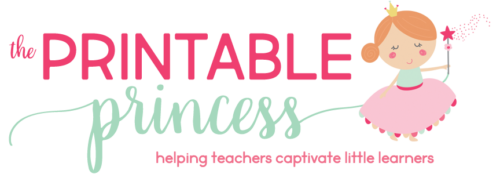
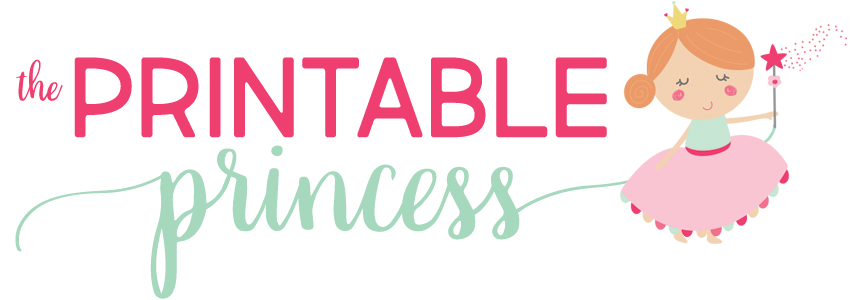
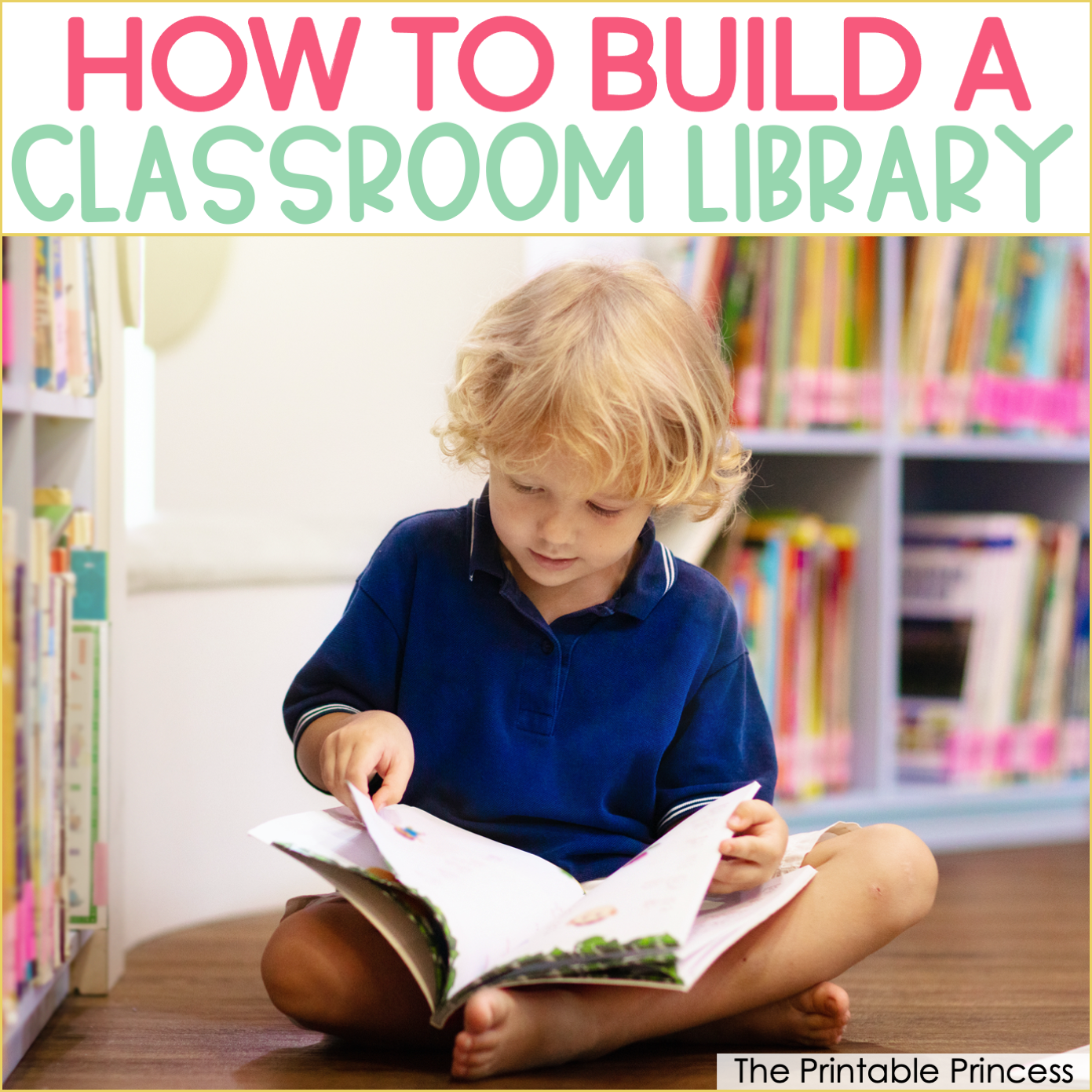
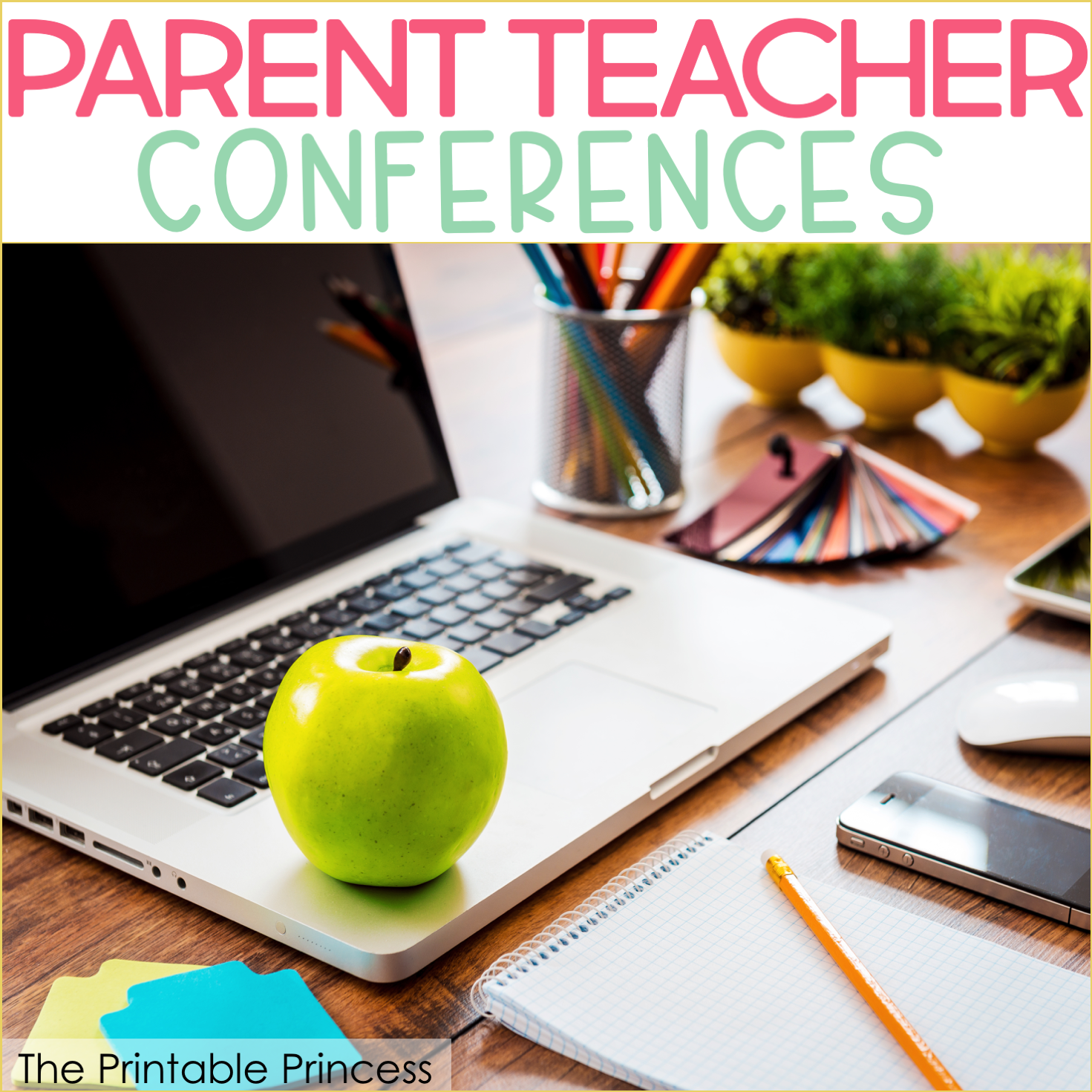
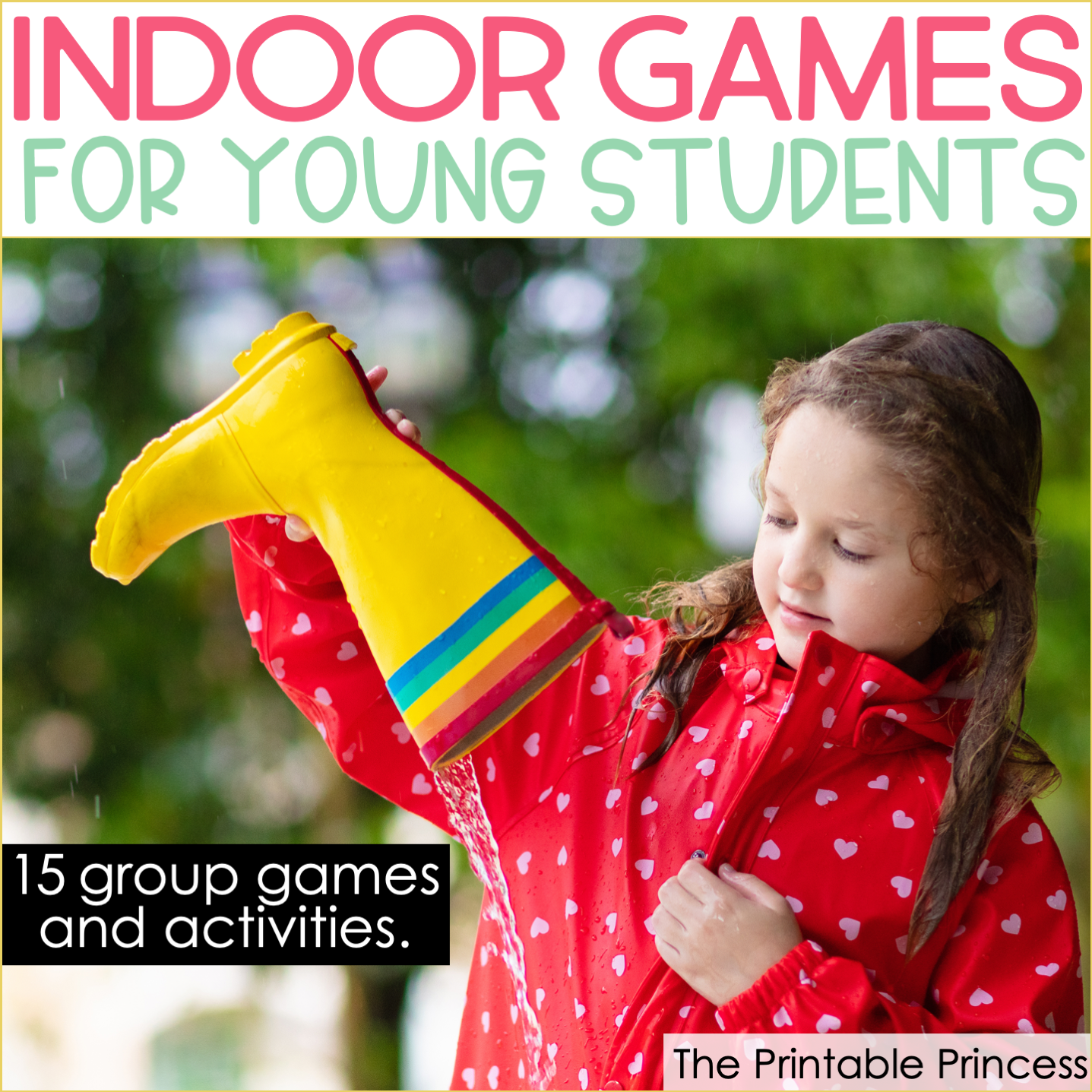
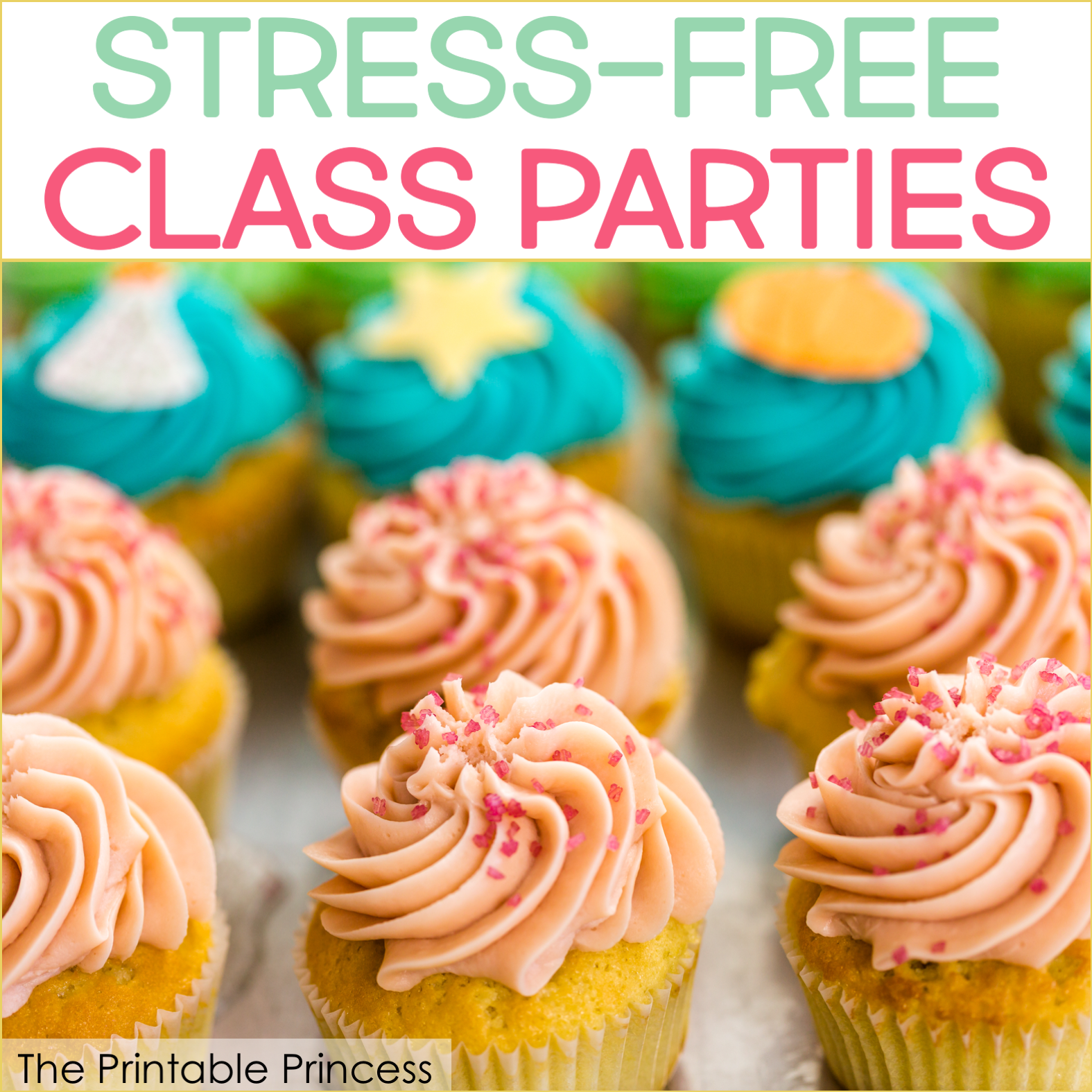

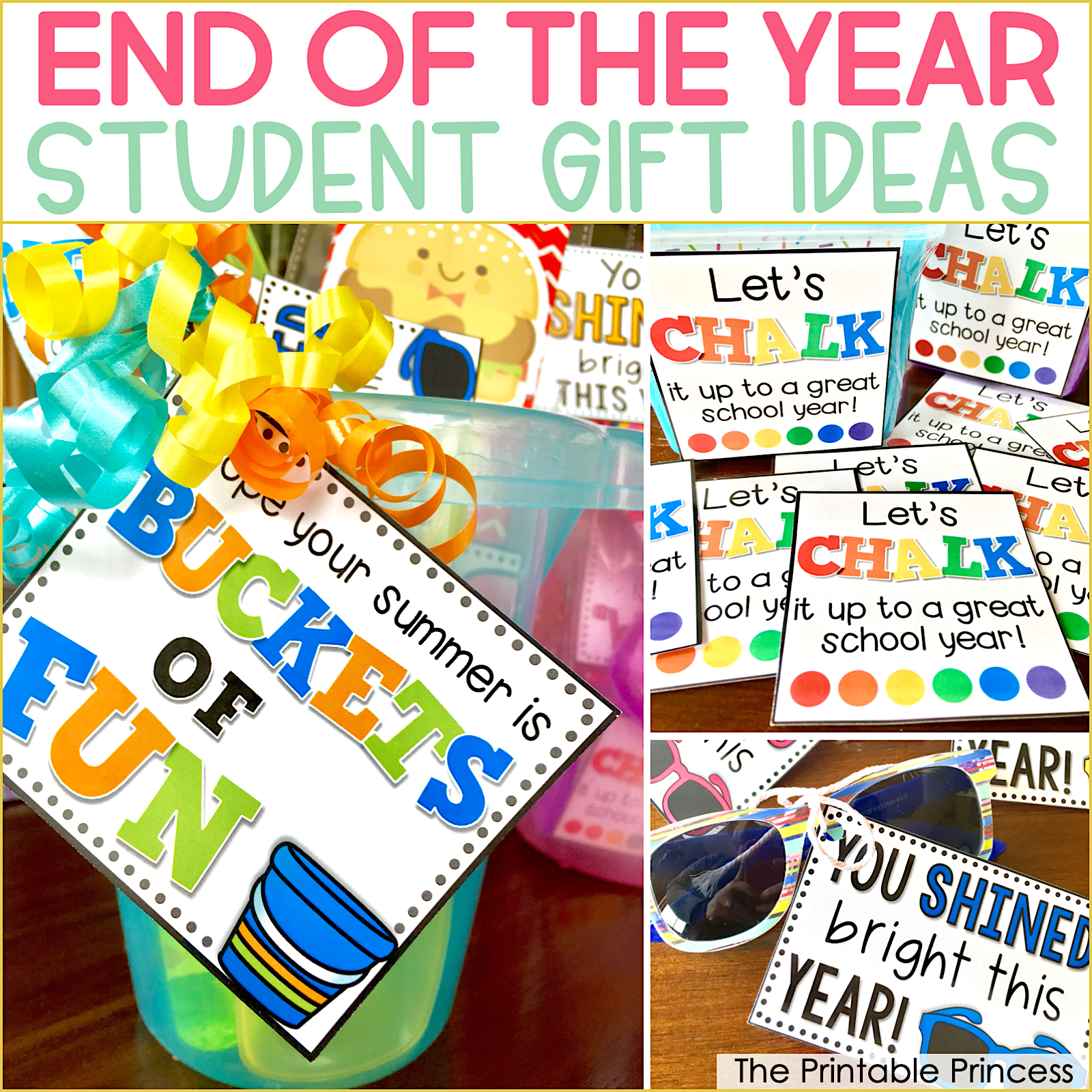
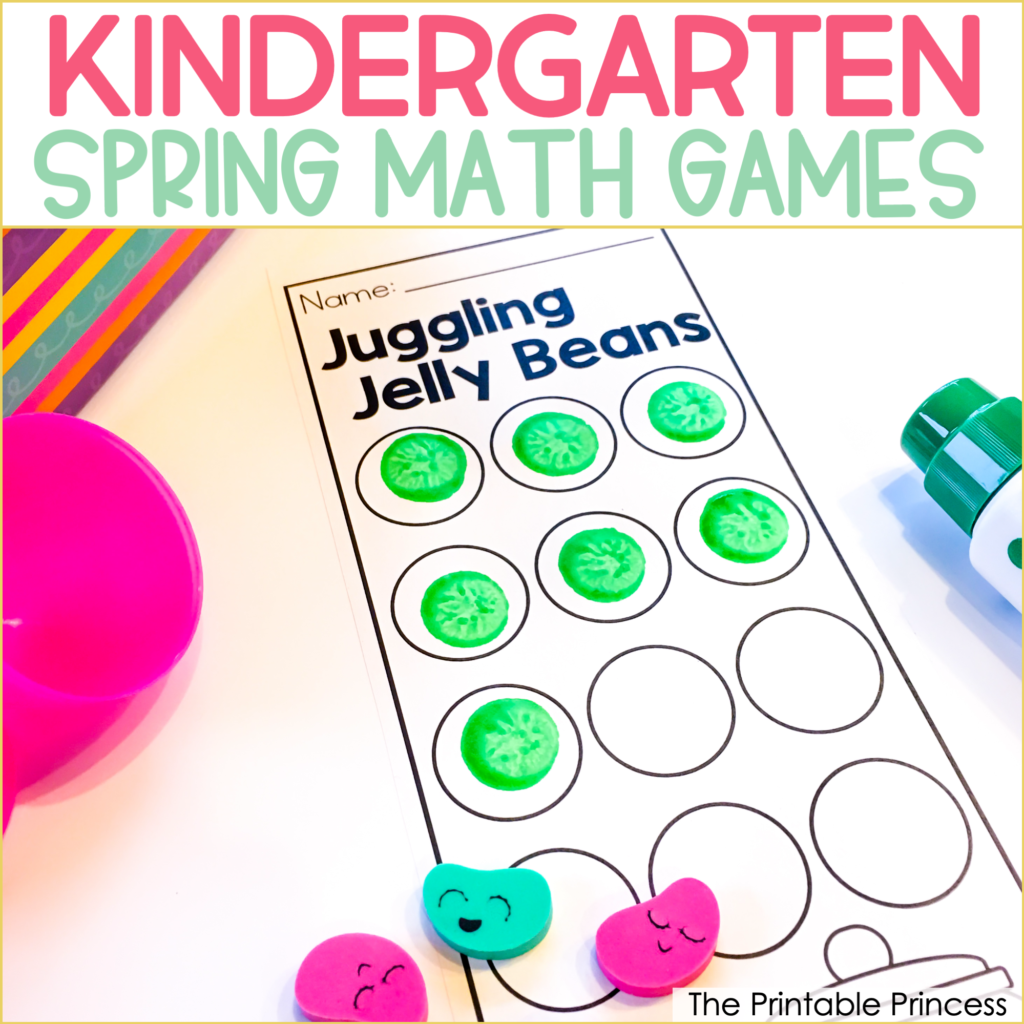
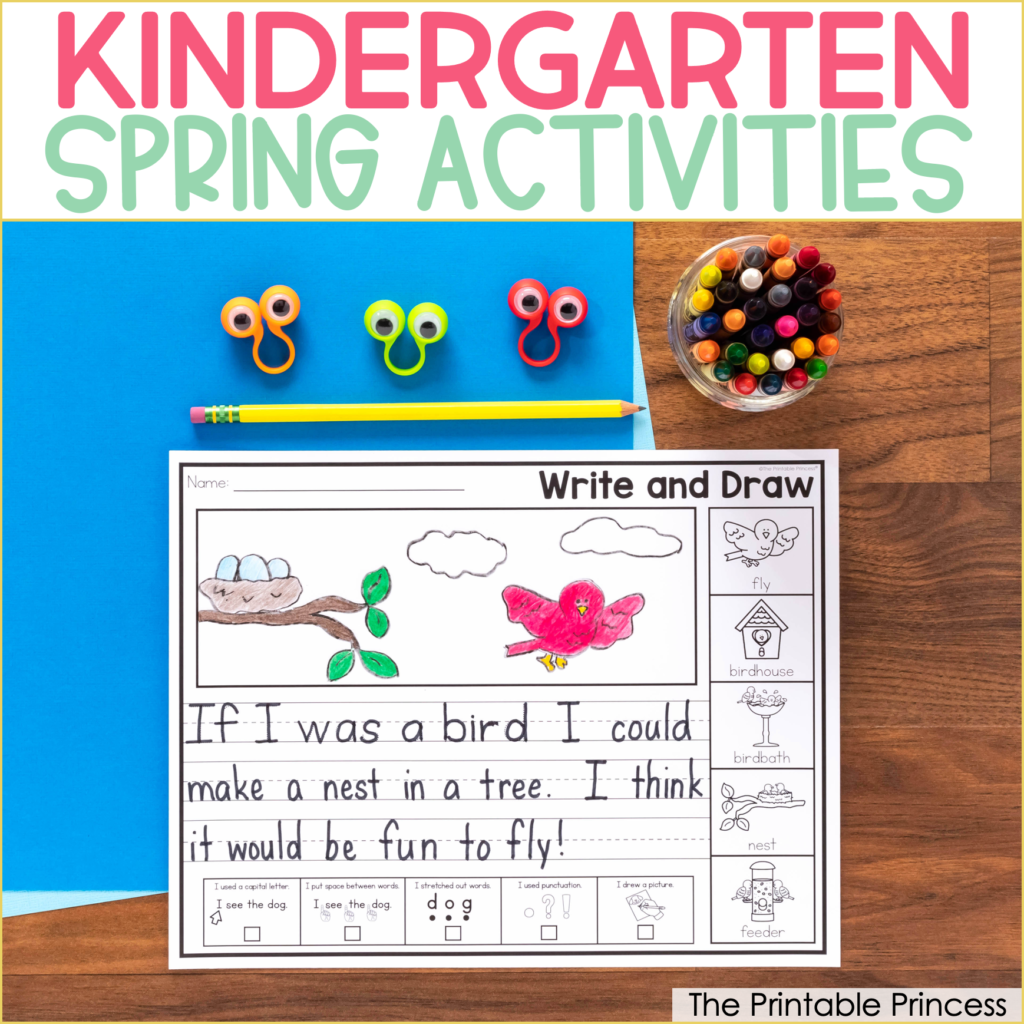
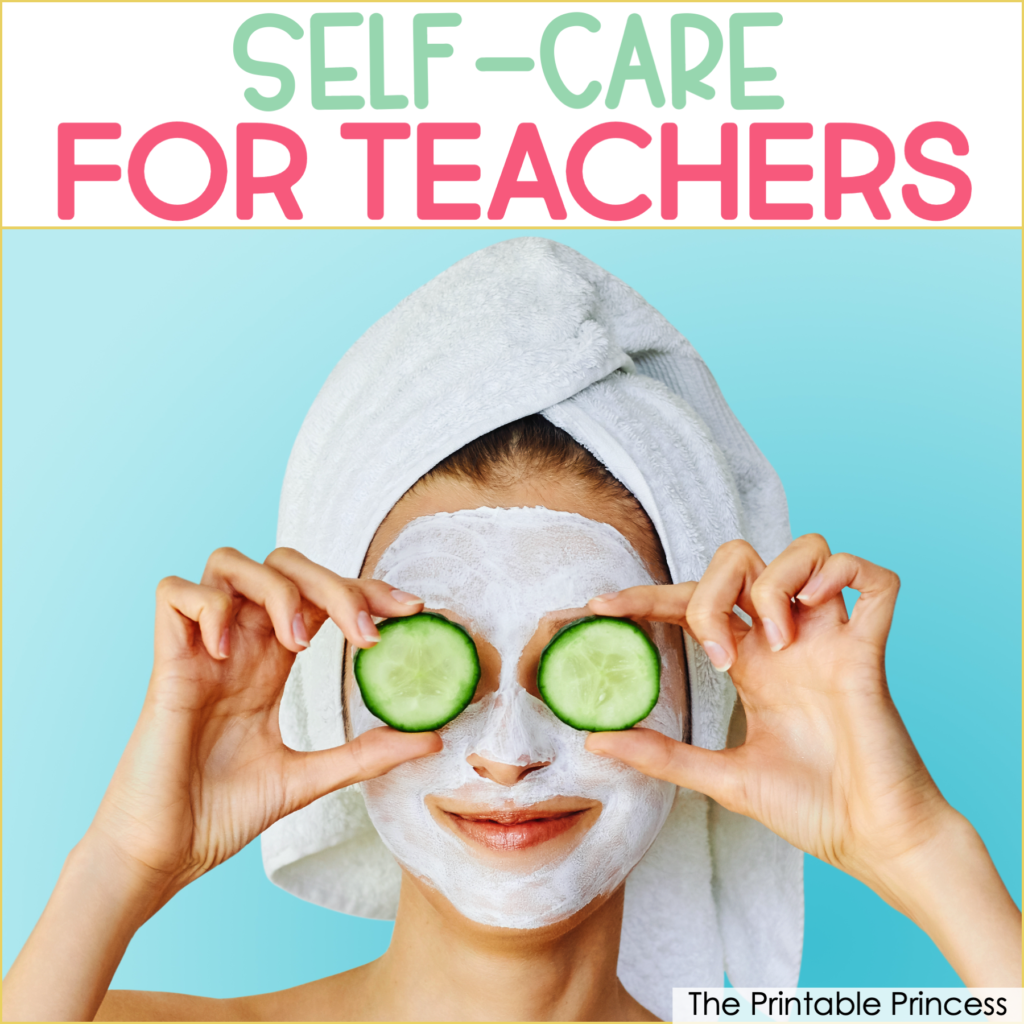
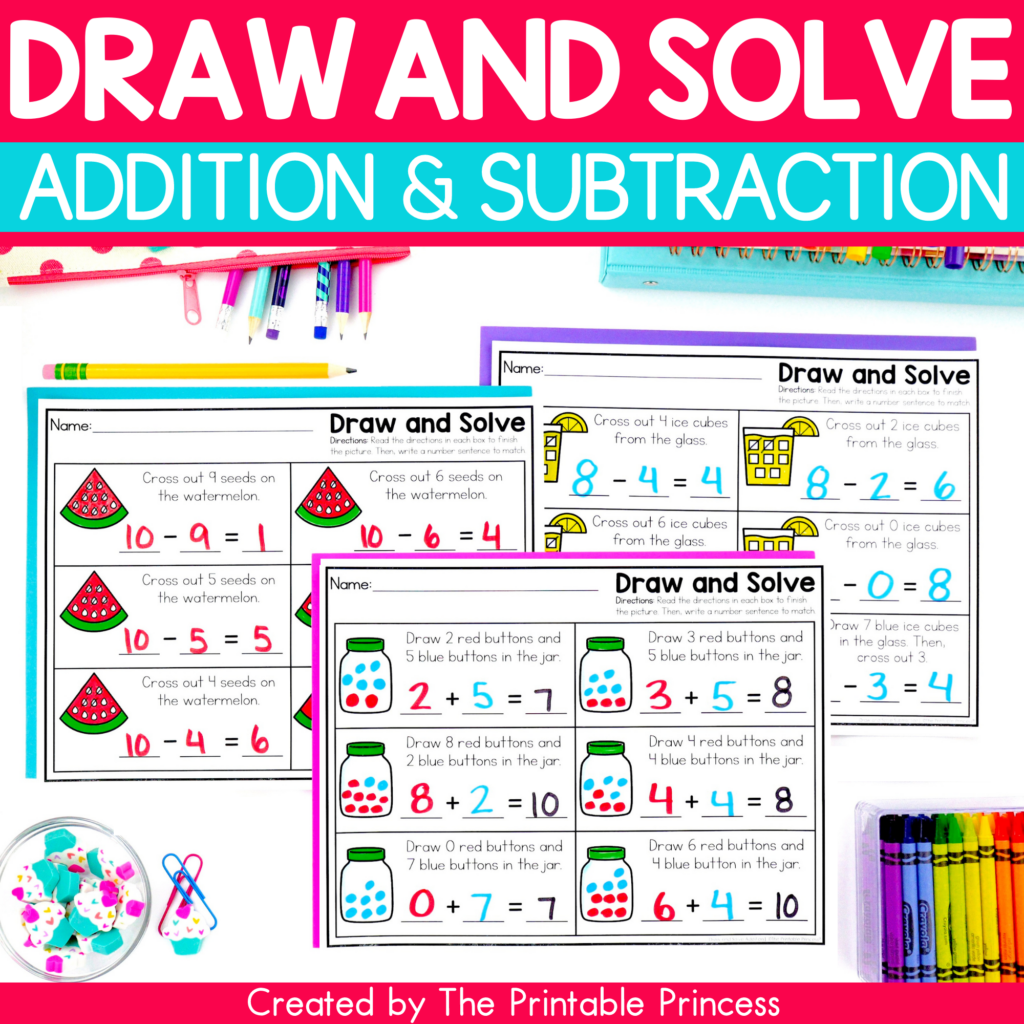
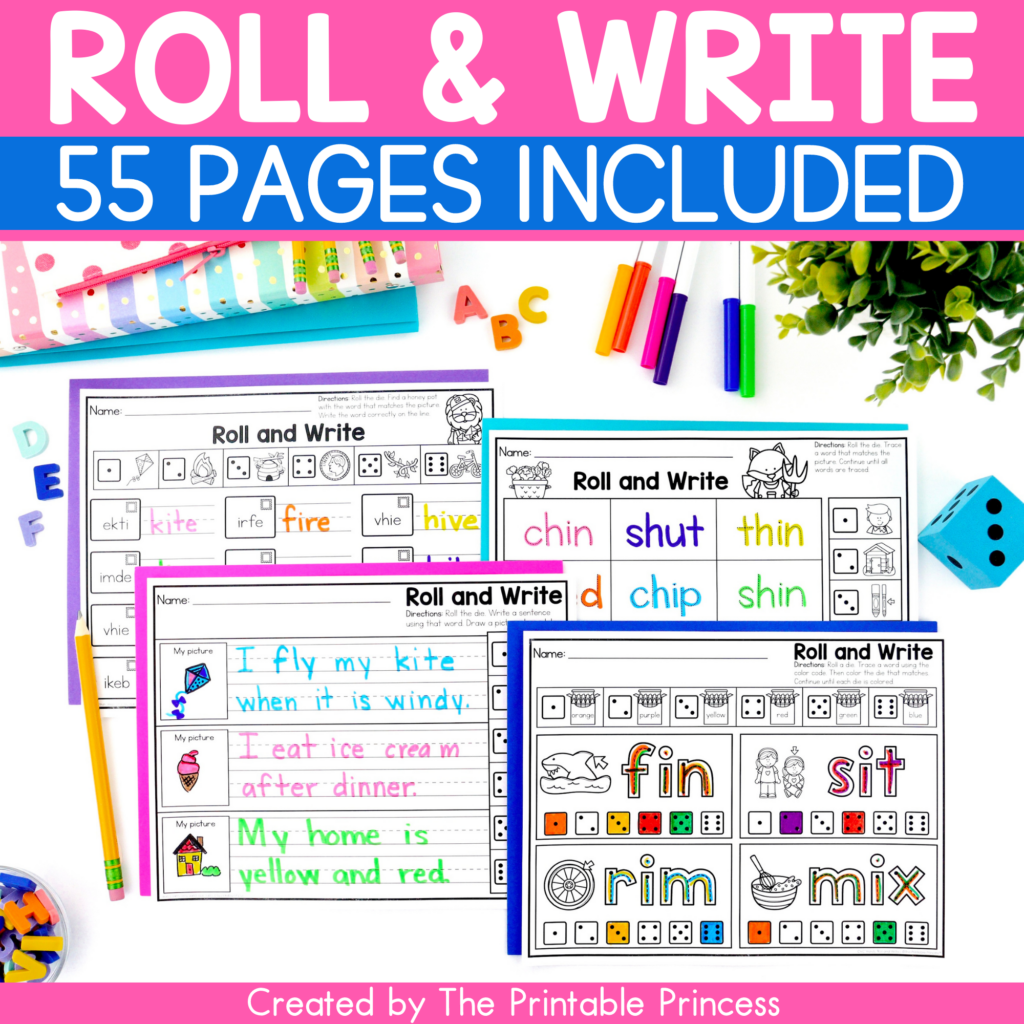
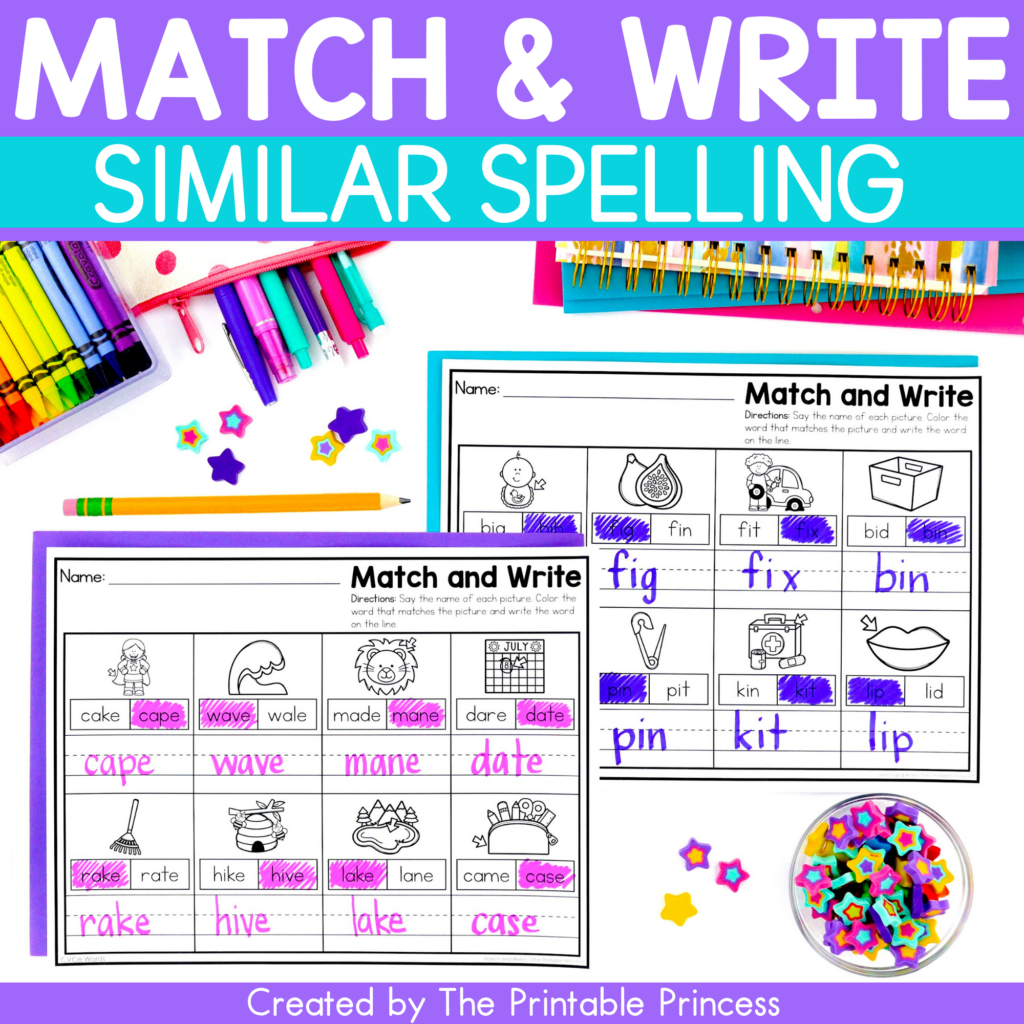
Thank you for the great reminders. I’m needing some new ideas and these will hopefully make the second semester better!